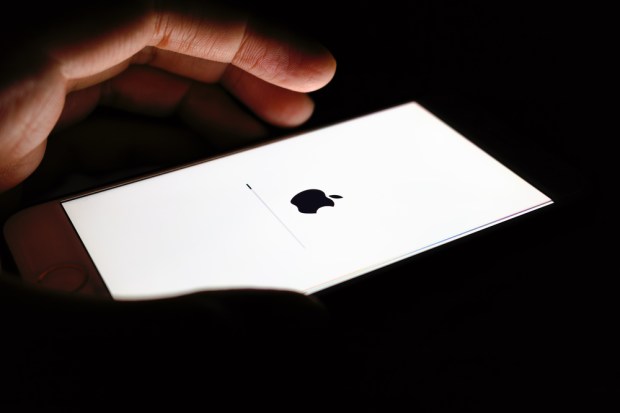Apple Revises Down iPhone 8 Build Forecast

Apple has revised down its build forecasts for the highly anticipated iPhone 8, according to Susquehanna.
The latest forecasts, based on recent meetings in Taiwan and South Korea, indicate that Apple is planning to build and ship around 100 million iPhone 8 units globally for the second half of 2017, down from previous expectations of between 110 million and 115 million units.
Likewise, build plans in 2H2017 for the OLED version of the iPhone 8 have also been revised down by some 5 million units to range between 70 million and 75 million.
The news saw pre-market trading for Apple (APPL) down 0.85 percent. The opening bell saw APPL down further, in the red some 0.89 percent. Prices have since recovered.
But what’s in a few million units? Do reduced production and shipping volumes suggest, for instance, a decline in optimism in terms of market demand for the iPhone 8? It’s unlikely.
For instance, when the iPhone 6 and 6 Plus debuted in September 2014, Apple shipped some 66.2 million units combined in the second half of the year. In the two fiscal quarters following the release of the 6S and 6S Plus models in late 2015, Apple shipped 118.7 million combined models globally.
These numbers suggest that the estimated build volume of the two upcoming iPhone 8 models still well overshadows the debut numbers of prior iPhone editions even after the most recent revision.
People have been talking about the iPhone 8 since almost immediately after the iPhone 7 was released. Apple’s next release’s rumored features offer faster and more efficient chips, long-range wireless charging, an iris scanner and facial recognition technology, hi-res curved OLED screens and so on.
If anything, the reduction could be a strategic move on Apple’s part. While no one clear answer has yet to arise to explain the revision of the iPhone 8 build forecasts, a high cost of component parts seems to be a likely culprit.
Susquehanna analyst Mehdi Hosseini told The Street that the iPhone 8 bill of materials may hit between $100 and $200 higher than expected due to higher memory and display costs, noting the reduction could be an effort by Apple to ease the pressure on component pricing.
